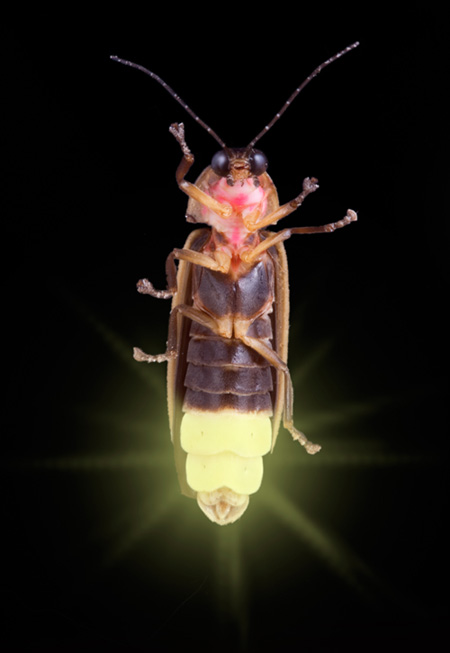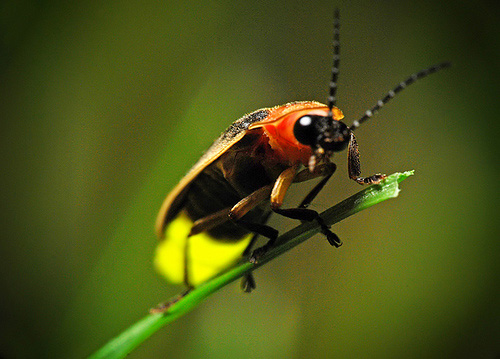
Science for boys and girls? lighting less serious science might help those who are more attracted to the art and to develop an expressive image of science more positively. ... and perhaps beyond the idea that to do science should be like Professor Einstein or sunflower. Although few young people identify with that image. While the decommissioning of science concerned, finding new ways to make love and perhaps attract more young people to study science is an important issue. Show young scientists, artistic, creative - and not just male - can help girls achieve their scientific potential. But the growth potential is stronger in girls who do well in science but are more difficult to visualize in these studies. An initiative in this direction is perhaps communicating dance contest organized by Gonzolabs his doctorate. Fig 1: Gonzolabs: a virtual place where art and the sciencese meet. [Img ] Source: Gonzoscientist
Gonzolabs: a virtual place where art and science meet. A new
in very serious Science magazine invites everyone to dance-e Ph.D. Bohannon, John. (2010). The Gonzo Scientist Calling All Dancing Scientists! Science 4 June 2010: Vol. 328. no. 5983, p. 1226 DOI: 10.1126/science.328.5983.1226-b
Science 4 June 2010: Vol. 328. no. 5983, p. 1226 DOI: 10.1126/science.328.5983.1226-b Deadline for submission: 1 September 2010 Videos of the past year:
In category BIOLOGY , Betsy Swann in his PhD, "A metabolically versatile bacterium-Thrives in granitic rock of the deep subsurface ." Fig 2: Betsy Swann in his Ph.D. "A metabolically versatile bacterium-Thrives in granitic rock of the deep subsurface.". [Img ] Source: Gonzolab
Betsy Swanner explains here his dance (English). All those who took part in the competition "Dance Your PhD" know that the human body is a great way to communicate the science
perhaps not as rich in data that a peer-reviewed article (in a magazine to read County) but much more challenging. It le moment de danser conclut l'article.
. .
- The 2010 "Dance Your Ph.D." Contest Taking science to
 the dance and back again www.gonzolabs.org/dance
the dance and back again www.gonzolabs.org/dance  Taking part is easy:
Taking part is easy: - Make a video of your own Ph.D. dance.
Vimeo.com
.Follow the directions for contest entry at
www.gonzolabs.org/dance . 
Ph.D. dances will be divided by scientific field: Physics, Chemistry, Biology, and Social Sciences. An independent panel of judges—made up of artists and scientists—will choose finalists in each category. The finalists will have their Ph.D. dance videos
screened at the
Imagine Science Film Festival in New York City  (15–24 October). At the festival, the winners will be chosen. A cash prize goes
(15–24 October). At the festival, the winners will be chosen. A cash prize goes
to the best Ph.D. dance in each of four categories: PHYSICS: $500 CHEMISTRY: $500 BIOLOGY: $500 SOCIAL SCIENCES: $500
Finally, the best Ph.D. dance in each scientific category will compete for the final prize: BEST PH.D. DANCE OF ALL: $500 This will answer the question, Which kind of scientists make the best dancers?
See you in New York!
- —The Gonzo Scientist
- Sources
- Bohannon, John. (2010). The Gonzo Scientist Calling All Dancing Scientists! Science 4 June 2010: Vol. 328. no. 5983, p. 1226 DOI: 10.1126/science.328.5983.1226-b
- Blog around experimental evolution in biology. To explore how we could keep alive the link between research and teaching.
0 comments:
Post a Comment